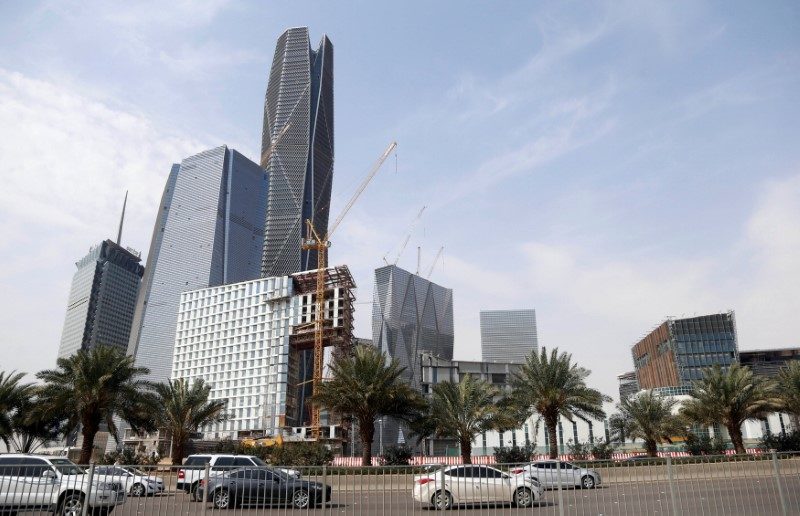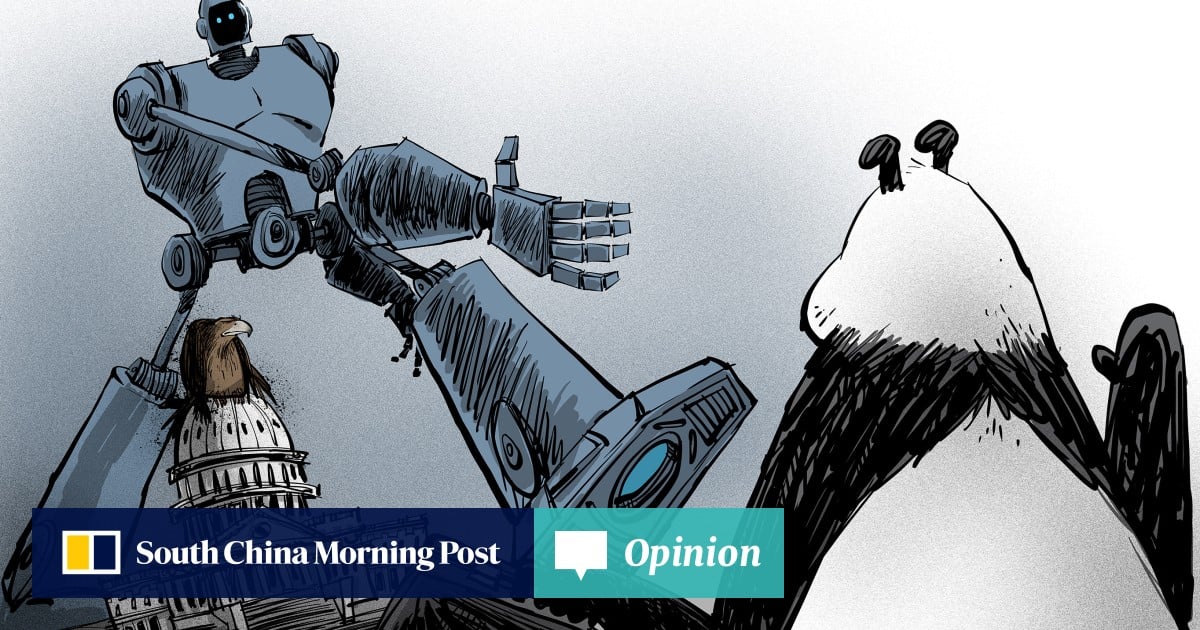Singapore (Singapore) — As huge global economies began to recover from the COVID-19 pandemic, Asia’s traditional trade and commodity equities enjoyed great gains in the first half of this year, with a Chinese container shipping company leading the way. However, Asian stocks as a whole underperformed. In the roughly six months leading up to Friday, MSCI’s Asia Pacific price index increased by 5%, while the world index increased by 12%. The disparity is because to COVID resurgences, stronger tech laws, higher US Treasury yields, and other factors that analysts believe will emerge in the second half of the year. According to QUICK-FactSet statistics as of Friday, over 60% of about 600 Asian companies with market capitalization over $10 billion at the end of 2020 gained value in the first half of 2021, while the remaining 40% lost value. COSCO Shipping Holdings of China led the way, with a market value increase of 136 percent. COSCO Shipping Holdings, a subsidiary of state-owned China COSCO Shipping Corp., saw an 80 percent increase in first-quarter revenue year over year as growing demand translated into a 21 percent increase in container shipping volume. According to the World Trade Monitor database maintained by the Netherlands Bureau for Economic Policy Analysis, global trade volume reached a new high in April due to Chinese exports and imports. In recent months, the benchmark Global Container Freight Index has risen sharply, showing increased demand for transportation. Factory activity has also improved, boosting demand for raw materials and sending Asia’s industrial equities higher. Tata Steel’s market value increased by 90%, while JSW Steel, another major Indian steelmaker, increased by 78 percent. Due to supply chain efficiencies, higher exports, and other considerations, Tata came in fourth while JSW came in seventh. In a June 8 report, CRISIL Research stated, “Higher exports helped overcome sluggish local demand for large steel-makers.” These firms also increased their domestic market share, particularly in the long-steel industry. According to the research, their portfolio’s domination of flat steel allowed them to benefit more from the steel price surge. Domestic flat-steel prices than doubled in June, reaching 72,000 rupees ($970) per ton, from 38,000 rupees a year earlier. “”The price boom sparked by China’s green policy is anticipated to benefit through the first half of this fiscal [up to September], too,” according to the CRISIL analysis, “with flat steel prices already up 70% since April.” Prices will decrease in the second half, but they will still be 40% to 45 percent higher than they are now “r year after year.” Oil and gas firms, which were hit hard in the early days of the pandemic, have made significant progress in the first part of this year. The market value of China’s state-owned PetroChina increased by 34% in the last six months, while Thailand’s PTT Exploration and Production increased by 23%. Some automakers, with their strong sales, attracted investors among consumer-facing companies. Toyota Motor’s market value increased by 24% in less than six months, with its share price exceeding 10,000 yen for the first time since its 1949 debut. Aside from benefiting from increased demand, Toyota has been one of the only automobile makers to largely avoid the effects of the global semiconductor shortage due to inventory stockpiles. Investors may have purchased Toyota stock as a result of the company’s commitment to decarbonization. In June, the business pledged to achieve net-zero carbon emissions at all of its global factories by 2035. Toyota’s original aim has been pushed ahead by 15 years as a result of the agreement. Honda Motor, whose stock price has increased by 25% as a result of its environmental initiatives, is another automaker whose stock price has risen. In late April, the firm stated that by 2040, it would only sell electric and hydrogen-powered vehicles, making it the first Japanese carmaker to do so. The cleaner energy trend also aided Chinese electric car leader BYD, whose stock price increased by 28%. Fast-growing digital tech businesses were Asia’s stock darlings last year, when strong market liquidity transformed the game. In the first half of 2021, several of these concerns became even more. Kakao, a South Korean internet services company, had its market capitalization increase by 99 percent, making it Asia’s third-largest gainer. Sea, a Singaporean online gaming and e-commerce company, saw its stock rise 46 percent. Meanwhile, Chinese tech stocks have been hit by a wave of criticism as the government scrutinizes the local market. Alibaba Group Holdings, Asia’s second-most valuable corporation after Tencent Holdings, has lost 7% of its market valuation in the last six months as investors factored in regulatory risks. JD.com and Pinduoduo, two e-commerce competitors, plummeted 13% and 27%, respectively. As President Joe Biden’s administration tightened restrictions on American investors buying Chinese stocks, simmering China-US tensions may have weighed on key Chinese corporations. The other major Asian stocks concluded the first half of the year with modest increases. It was one percent at Samsung Electronics. Kweichow Moutai, a Chinese beverage company, was up 5%, and Taiwan Semiconductor Manufacturing Co. was up 12% on steady chip demand. As of Friday, these three companies, together with Tencent and Alibaba, were among the world’s top 20 most valuable equities. Multiple downside risks will continue to haunt Asia’s stock markets in the future. The COVID comeback, as well as other challenges, would endure in the coming quarter, according to DBS Group Holding’s analysts in an outlook study released on Friday. “As their financial markets are dependent on foreign flows, emerging markets, such as emerging ASEAN, are likely to be more affected than the rest of the region,” they stated. “The risk-reward equation should benefit developed nations that are ready to expand their economy, while emerging markets are still dealing with new COVID waves.” Margaret Yang, a Singapore-based strategist at DailyFX, stated that the “Chinese tech sector experienced a period of consolidation in the first half after regulators launched an antitrust action.” “Prices appeared to have stabilized recently, though,” she told Nikkei Asia, “as unfavorable news may have been largely digested.” “If economic growth picks up and concerns about an antimonopoly crackdown fade, a ‘catch-up’ rally could emerge in the second half.” Kiran Sharma in New Delhi, Eri Sugiura in Tokyo, and CK Tan in Shanghai contributed to this story./n
Read MoreIndian steelmakers and China’s COSCO Shipping lead stocks rally
2021-07-01T08:08:39-04:00July 1st, 2021|





